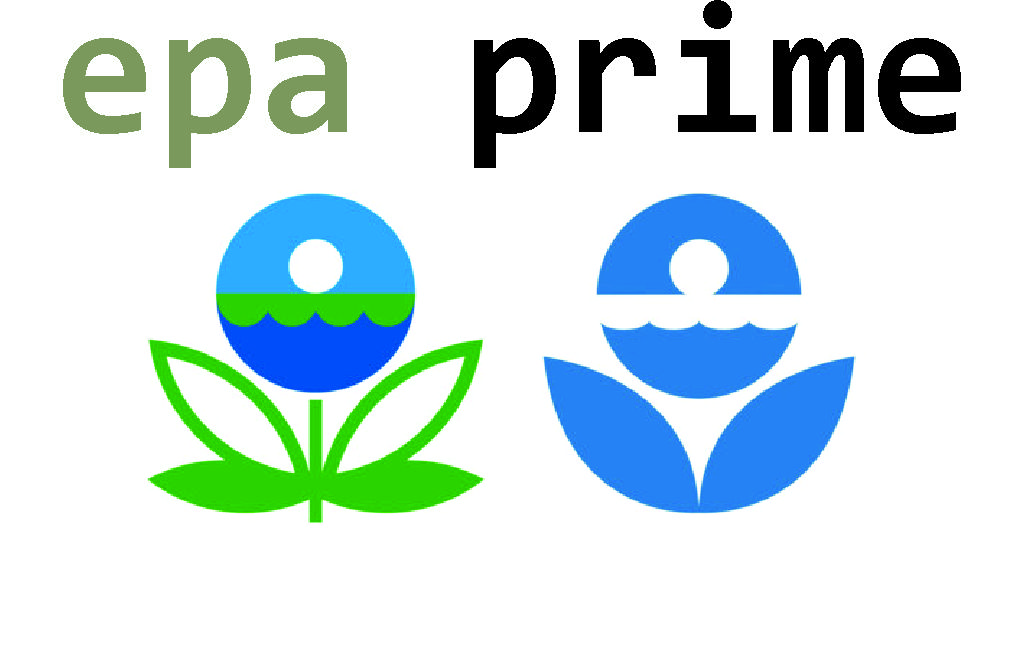The free market system has brought some incredible things to modern society.
Take Amazon, for example. Millions of products from all over the world are available to consumers in sometimes less than two business days thanks to Amazon Prime.
Years ago, it would have taken months to receive such products, and at a much higher cost. Go even farther back in time, and these products would have never been available to consumers at all.
So why can’t the same efficiencies be applied to services provided solely by government?
This fall, the EPA announced several new grants for water quality and pollution reduction.
Clean water and air are incredibly important initiatives. We should never settle for less than best, and we need to explore every avenue in making our environment and communities as safe as possible.
So, this begs the question, how could this grant awarding process be even better? The EPA could pursue a sort of private-public partnership (also known as a “P3”) when it comes to funding environmental protection – an “EPA Prime” if you will.
Investopedia defines a public-private partnership as “a collaboration between a government agency and a private-sector company that can be used to finance, build, and operate projects, such as public transportation networks, parks, and convention centers.”
For example, according to Onvia.com, the US Forest Service in Arizona has long been using a public-private partnership to manage the Crescent Moon/Red Rock Crossing Recreation Area in Sedona, Arizona with Recreation Resource Management (RRM).
“RRM operates the park under a public-private partnership with the U.S. Forest Service…RRM’s case study compared the privately-run Crescent Moon park to the nearby Red Rock State Park. Red Rock State Park is operated by Arizona State Parks, a public agency. RRM found that while the two parks in the study are geographically close and share similar entry-fees, attendance and overall revenue numbers, Crescent Moon (operated under the P3 agreement with RRM) returns close to $45,000 to the U.S. Forest Service each year in the form of net revenue, while RRM claims the publicly operated Red Rock State Park operated by Arizona State Parks costs the U.S. Forest Service $234,000 per year.”
Private enterprise will always be more efficient and cost-effective than government programs, as shown by the US Forest Service here. But this was used in managing a recreation center. A private entity can clearly have an incentive to invest because a clear profit can be made.
What about other environmental projects where it is less likely – or impossible – for a profit to be made from the investment?
Still, even here a P3 has potential.
Both large corporations and small businesses have an incentive other than profit to make investments in the community. Part of it can be name recognition, but other motivators involve the positive press or the philanthropic goals of a business’ founders. Almost every little league and pee wee football league utilizes this system. Local businesses sponsor a team so they can buy equipment, and in return the business’ logo is on the uniforms and banners of the playing field.
The EPA has pursued limited versions of this. In what the EPA calls “Community-Based Public-Private Partnerships (CBP3)”, the EPA encourages private entities to work with local municipalities to provide “green infrastructure” to underserved communities.
Only one example is listed on the website, however. That example is the stormwater CBP3 put in place by Prince George’s County in Maryland in 2015, called the Clean Water Partnership. There may be other examples but EPA has not listed them on this page as far as could be found.
The County has partnered with Corvias, a private company that “works with the U.S. military, colleges and universities and municipalities to solve their facilities and infrastructure challenges.”
According to the Clean Water Partnership website, 2,372 acres have been “retrofitted and managed” for stormwater issues, 994 bags of trash have been removed, 250 trees and 6,115 shrubs have been planted, 1,834,791 lbs of sediment have been removed from the water each year, and there has been a “30% cost reduction in stormwater retrofits.”
Some of this seems like corporate-speak. It is unclear exactly what the 30% cost reduction in stormwater retrofits refers to; possibly it refers to the decreased cost of water with more efficient stormwater systems.
Whether every piece of this Partnership was absolutely necessary for the health of the County can be debated, but it is clear that involving Corvias, the private company, saved the people of Maryland significant tax money, and provided many beneficial and necessary services that they would not have received otherwise.
It is likely that there are many large companies who would jump at the chance at being able to say they work with the EPA in funding water quality projects across the nation to boost their recognition and impact.
After all, given the recent budget fights in Congress that have stymied federal work for months at a time, wouldn’t it be nice to have projects that aren’t subject to such partisan fights?
There’s tons of money out there to improve our environment, and it doesn’t have to be a only public or only private scenario in every situation.
Maybe you could get water infrastructure improvements almost as fast as you can get your leggings and apple watch.
It’s time for EPA Prime, so to speak.
